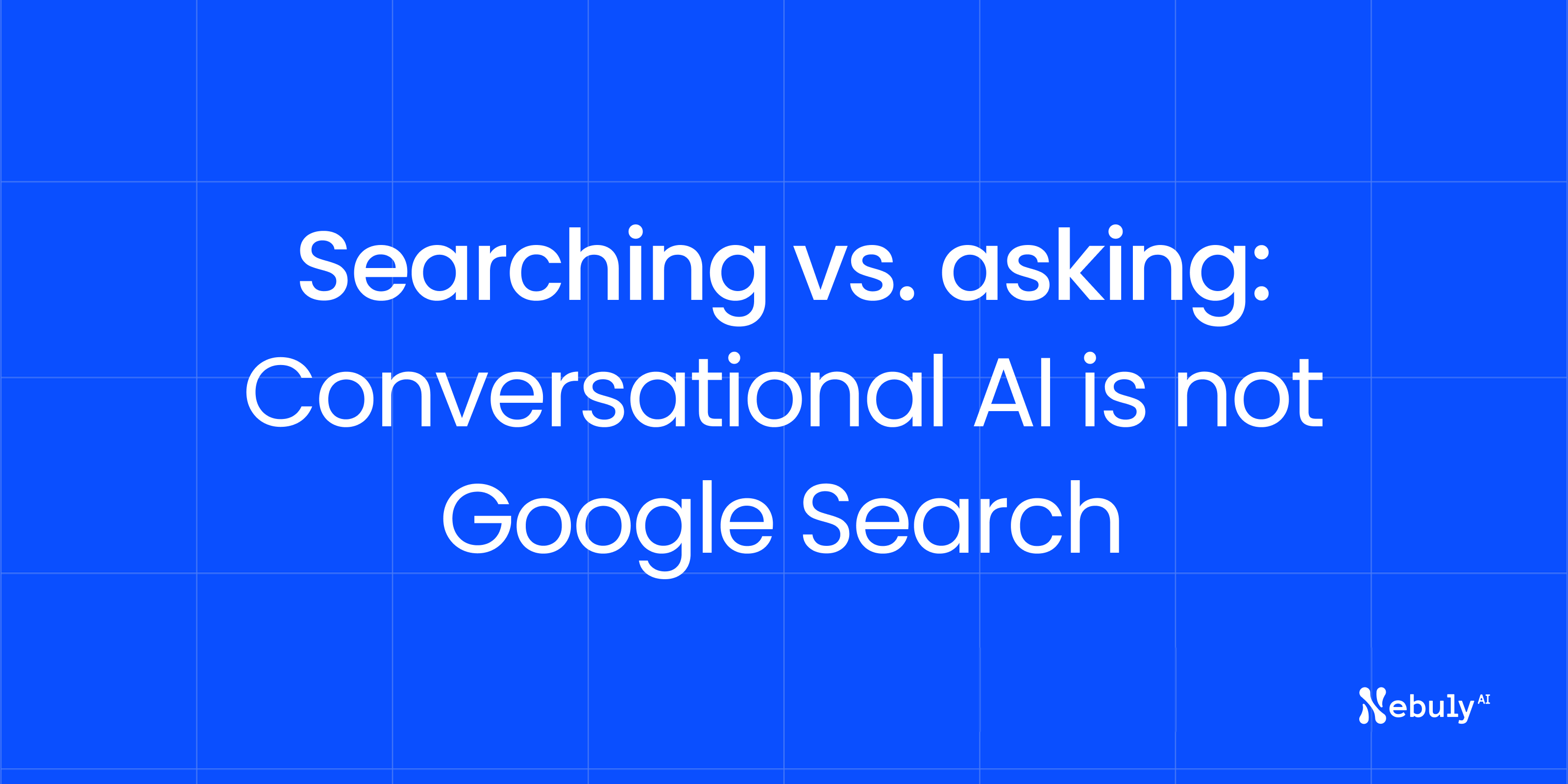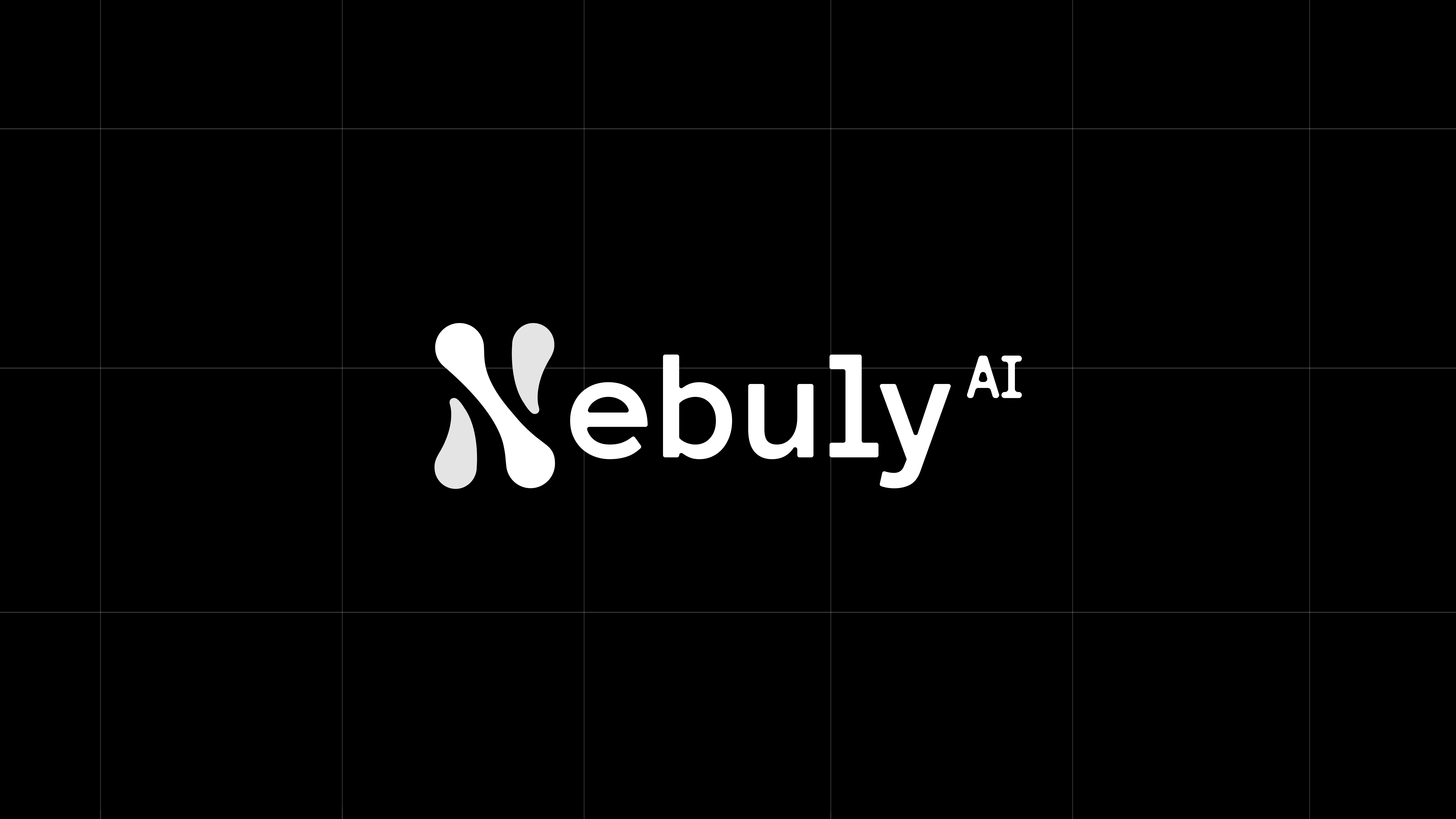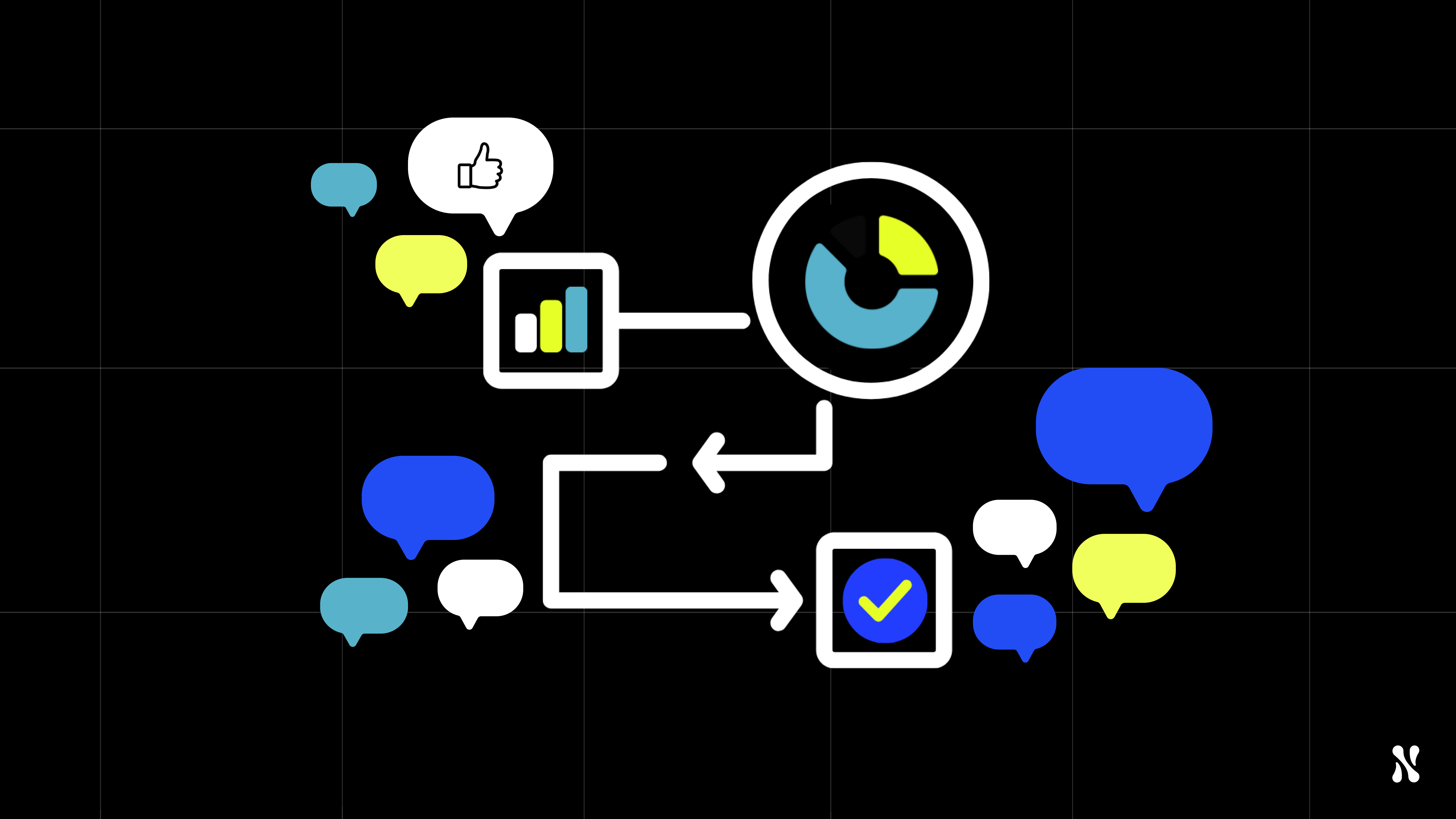It’s tempting to treat a large language model (LLM) the same way you’d treat Google. Type a few keywords, press enter, and sift through a ranked list of results.
Traditional keyword‑based search excels at this: it quickly retrieves results based on exact matches and works well when users know exactly what they’re looking for. For example, if you type “weather New York tomorrow” into a search engine, you’ll get forecast pages, maps and maybe a blog about the Hudson River. This works because the engine matches the keywords “weather,” “New York” and “tomorrow” to its index.
Conversational AI, however, doesn’t merely match words, it interprets intent. It’s more like talking to a helpful colleague than rifling through a library index.
Modern AI search systems use semantic understanding and natural‑language processing to interpret the meaning behind a query, synthesize information from multiple sources and provide direct answers. When you ask “Will I need an umbrella in New York tomorrow?”, a conversational system understands that you’re asking about rain and replies with a concise answer rather than a list of links.
In this article we’ll unpack the differences between keyword search and conversational queries, explore prompt engineering basics, illustrate good versus bad prompts, and explain how analytics can improve onboarding experiences.
How traditional keyword search works
Keyword search has been the bedrock of digital discovery for decades. Its strengths include the ability to quickly retrieve results based on exact matches and provide familiar, consistent interaction patterns.
Structured search shines when content is neatly organized—product catalogs, support sections and multi‑level menus are easy to navigate using filters and category browsing.
Yet keyword search shows its limitations when faced with open‑ended questions. As users increasingly ask natural questions—“How does your subscription plan compare to competitors?” or “Is this service covered by insurance?”—traditional search still returns a list of links. Users must click through multiple pages and piece together the answer themselves. The experience feels like thumbing through a bulky index.
Key features of traditional search
- Keyword matching – queries are parsed into tokens, and pages containing those exact terms are ranked and returned.
- Fast retrieval – well‑tuned indices make lookups almost instantaneous, especially for simple, well‑defined queries.
- Structured navigation – when combined with categories or filters, keyword search helps users browse product catalogs or documentation trees.
- Limited understanding – when queries become conversational or ambiguous, traditional search simply matches words; it does not infer intent.
Conversational AI search: understanding intent
Conversational AI changes the paradigm by interpreting the meaning behind a query rather than just matching words. AI search models index your content and then apply natural‑language techniques to understand the context and nuance of a question.
Instead of returning ten blue links, they synthesize information from multiple pages and deliver a concise, accurate response, often with references back to the source for transparency.
Some strengths of conversational systems include:
- Interpreting context and nuance: AI models can understand a user’s intent even when it is not stated directly.
- Combining information: They merge details from multiple sources into one coherent answer.
- Managing complex questions: Open-ended, exploratory, or conversational queries do not throw them off.
- Providing concise answers: Instead of a ranked list, they deliver a direct response, often with supporting links.
If traditional search is like flipping through a table of contents, conversational AI is like asking a well‑read colleague who already knows where to look.
Prompt engineering basics
Prompt engineering is the craft of writing effective instructions for LLMs. Because conversational AI models strive to follow your instructions literally, vague or poorly framed prompts lead to unhelpful answers. Here are some fundamental guidelines:
- Be specific about the task and desired output. Instead of “Tell me about marketing,” try “In three bullet points, explain what marketing strategies are most effective for B2B SaaS companies.” This clarifies both the format and the subject.
- Provide necessary context. Including relevant details helps the model anchor its response. For example, “As a customer success manager, outline steps to improve user retention in our product onboarding flow.” gives the AI a role and objective.
- Set the tone or style. If you want a formal tone, say so. If you want a casual, friendly tone, mention that too. For instance, “Write a friendly introduction email welcoming a new user to our app.”
- Ask for structured output when needed. Tables, bullet lists, numbered steps and summaries make results easier to consume. E.g., “Summarize this article in a two‑column table: key challenges on the left and solutions on the right.”
Bad vs. good prompt examples
These examples show how adding context, structure and intent transforms a vague request into a clear, actionable prompt. Precision doesn’t restrict the AI; it empowers it.
How GenAI user analytics improve onboarding experiences
Good prompts alone do not guarantee success. You need to know how people interact with your copilot. Seeing where they get stuck, what words they use and why they drop off lets you shape every experience.
Nebuly sits between your users and your models. It captures each query and response and maps the flow of every conversation. Our analytics show when high error rates come from unclear prompts rather than system failures, highlight which languages cause issues and reveal where users abandon a journey.
One enterprise found that seventy percent of their “error” tickets were not technical problems at all. Users were typing vague questions. With Nebuly’s insight, the team rolled out prompt suggestions and short training. Support tickets fell by thirty two percent and satisfaction rose.
Another client in the machinery sector noticed more errors in Latin America and Europe. By filtering results by language, they saw that non English prompts had the highest failure rates. Improving multilingual support fixed the real blocker to adoption.
Nebuly insights help you:
- Personalize onboarding by shaping flows to match user roles and goals based on real behavior.
- Experiment at scale by testing different tones, structures and messages to see what drives action.
- Streamline journeys by spotting steps that add no value and removing them.
- Provide help on demand with bots and in app assistants that answer questions or route to human support.
- Do more with less by turning repetitive support into self serve paths and freeing up your team.
At Nebuly we believe that user analytics isn’t just about tracking usage. It is about understanding intent. Our platform automatically analyzes conversations, identifies user questions, measures satisfaction and tracks conversation flow.
With these insights you can refine your prompts, resolve friction and personalize onboarding at scale.
Conclusion: craft better prompts, deliver better experiences
Conversational search does not replace keyword search. Each plays a part. Keyword search is best for clear and structured lookup, conversational systems excel at natural questions and direct answers. Great AI experiences require thoughtful prompts and insight into real user behavior.
Nebuly sits at this intersection. By analyzing conversations and measuring intent, we show where prompts succeed or fail. We help teams refine flows and boost adoption. Explore our latest insights, tools and analytics to learn more, or book a demo today to see Nebuly in action.






